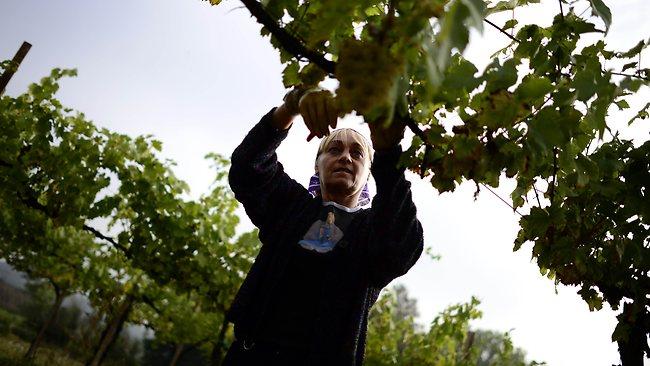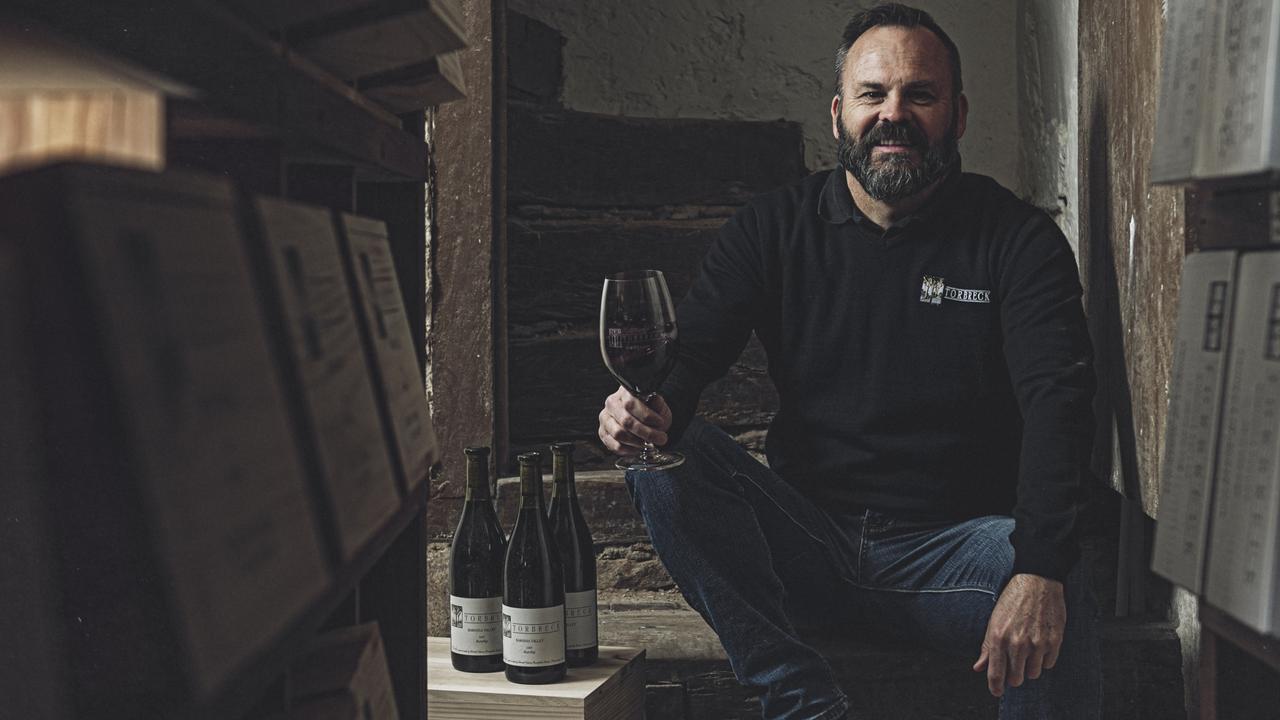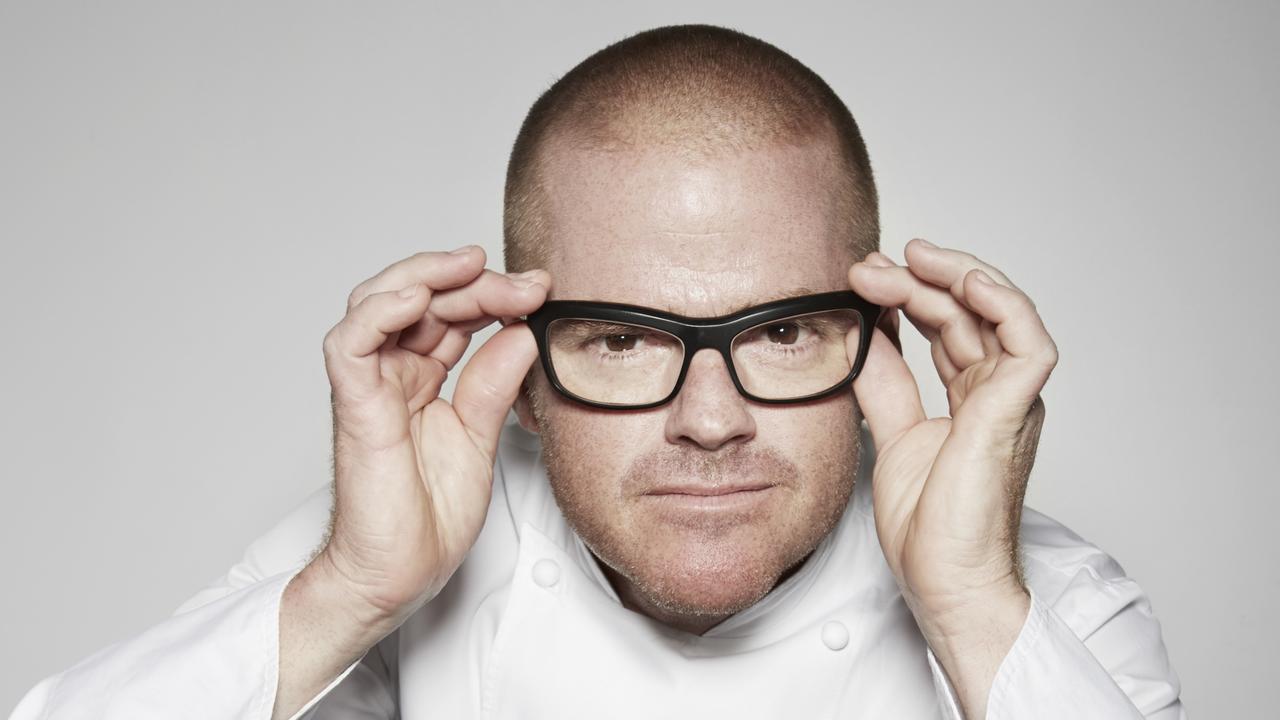So you want to go to winemaking school
WHAT wine lover doesn't secretly want to be a winemaker? A few days at the "Harvard of winemaking" reveals what it takes to become the best.

WHO doesn't want to be a rocket scientist? A best-selling novelist? Or, for that matter, a winemaker? Certain professions simply sound more glamorous than others.
Yet the aerospace industry isn't exactly thriving, and Amazon can make any book seem like a best seller - at least for a while. Winemaking, too, isn't nearly as romantic as some people might think. This point was driven home particularly well when I visited the University of California, Davis, a few weeks ago.
The UC Davis viticultural and oenology program (or V&E, as it's called) isn't only one of the oldest winemaking programs in the US, but arguably the most prestigious. Some of the most famous winemakers in the country are Davis grads; I've even heard people call Davis the Harvard of winemaking schools.
Located just west of Sacramento and about an hour east of Napa Valley, the school is one of the largest universities in the state's system, with more than 30,000 students. The wine program, however, is quite small, with fewer than 100 graduates each year. Created in 1880 by an act of the state legislature, the Davis oenology program became famous for its rigorous scientific training and the expertise of its faculty members. The winemaking facilities, though, were never quite as impressive. "Remedial" was the word that famed winemaker and UC Davis grad (class of '79) David Ramey used to describe the old Davis winery, which he likened to an animal husbandry shed.
That changed for the better almost three years ago, when a 5ha vineyard was planted next to a new winery. Every piece of equipment was the latest model, often more sophisticated than those owned by most commercial wineries. The winery is one of the five new buildings that comprise today's oenology campus. (The various buildings opened between 2008 and 2013.) Robert Mondavi, the late pioneering vintner, contributed a considerable amount of the building cost of what is now called the Robert Mondavi Institute of Food and Wine Science.
The college has benefited from the generosity of many other winemakers and wineries - Jess Jackson, Jerry Lohr and Silver Oak, to name a few. It's hard to forget any of them, as their names are on plaques all over the school's winery. The August Busch family even donated funds for a new state-of-the-art brewery, and their name looms on a rather large plaque outside the facility. Even individual fermentation tanks in the school winery will bear plaques. The aforementioned David Ramey, for example, will have his name on a tank that will eventually hold some student's wine project.
Ramey, like many Davis graduate students, came to winemaking after pursuing other interests. In Mr Ramey's case, he was an American studies major at UC Santa Cruz. Of course some career-changers are better prepared than others. One 28-year-old graduate student I met during my recent oenology immersion had graduated from college with a degree in mathematics. He left a lucrative banking career in New York after deciding that his life would be better, if poorer, spent making wine.
His maths background wouldn't go to waste. In addition to a good palate and a certain degree of artistry, a winemaker must be able to read and interpret data to make informed decisions (for example, when to add sulphur to the fermenting must, and just how much). In fact, this skill might be even more important than the artistry - as I learned in an Analysis of Musts and Wines class, where the professor taught his students all about soluble solids and hydrometers (instruments used to measure sugar in juice).
The school's undergraduate and graduate curricula share many of the same requirements, including organic chemistry, microbiology and plant science, as well as viticulture and oenology. It's a rigorous program, and graduate students who didn't bulk up on science as undergrads are required to take extra courses to enter the graduate program. Some UC Davis courses are rigorous in other respects - requiring students to stand in the sun for long periods of time, for instance, while examining leaves for identifying characteristics or marks.
The Viticultural Practices lab that I attended was held a few kilometres from campus, in the old Davis teaching vineyard. Professor Andy Walker was teaching 30 or so students how to identify various grapes by their leaves and fruit. This task was complicated by the fact that the vineyard was "full of diseased vines," according to Walker. Some leaves afflicted with leaf roll virus, for example, were covered with spots. The leaves on the shady side of the row were also harder to identify, said Walker, but he wanted to avoid the sun - and perhaps sunstroke. There had been "a couple of faintings in the vineyard" in the past, he said.
The class seemed unfazed by the twin facts of heat and old vines, and eagerly followed the professor as he strode down the rows, pulling out one leaf after another and pointing out their differing traits - the hairy leaves of the Pinot Meunier, the waxy leaves of Grenache and the ruffled, wavy leaves of the Sauvignon Blanc.
I couldn't imagine identifying so many varieties by their leaves alone but the students seemed quite enthused. I asked a student named Russell his opinion of the class. "It's awesome," he said. "I get to hang outside and eat grapes."
Walker recommended that the students return to the vineyard for between four and 20 hours a week to study the vines. "The vineyard is always open," he said. It was only with repeated visits that they would understand what the professor called "the gestalt of the vine."
My next class, Wine Production, was a much smaller gathering. Professor Linda Bisson's class was assembled around a sorting table filled with just-picked Grenache grapes from the school's new vineyard. Some students were picking out damaged fruit, sticks and rocks before the grapes went into the crusher, while others manned the nearby hose and tank. The school's winemaker, Chik Brenneman, hovered nearby, cautioning students to watch for out black widow spiders, and not to stand too close to the must if they were allergic to sulphur. A student had almost fainted from this, he said. (Fainting is, apparently, a hazard at wine school.) Meanwhile, Bisson reminisced about the time her students missed a rock during the sorting, and it blew the hose apart.
This type of hands-on instruction is one of the big changes from the "old" to the "new" Davis, according to the professors, and the new facilities have brought a big improvement, in the way the classes are taught. I'd heard a saying about Davis over the years - "Davis grads don't know how to run a pump" - meaning that its graduates were better with theoretical than practical stuff. When I mentioned this to Bisson's teaching assistant, Scott Frost, he dismissed it, saying that Davis offered something much better: "It teaches you how to think about wine and the science of wine."
The strength of the school's science program was something else I heard about again and again. A scientific understanding gave students confidence in their decisions - and an ability to fix things straight away if they didn't go right. As Ramey put it: "If you have an oenology background, you know what you can change - and how to experiment. It enables you to make better wine."
An ability to make good wine is what it's all about, after all. But what about great wine? Of all the Davis students I'd met, who would turn out to be the next David Ramey, Aaron Pott, Helen Keplinger or John Kongsgaard (all of whom attended Davis)? And what were the traits of a future great winemaker?
Self-sufficiency was key, said Roger Boulton, who has taught for several decades at the university and is one of the most esteemed professors at Davis. A great winemaker was "someone you could pick up and put in the desert," he added. He or she was also "someone who had a healthy respect for science and the scientific method. And someone who wants the lifestyle of a farmer, of being outside."
I thought of Russell, the student I had met during Walker's class in the vineyard. He would need to know a lot of organic chemistry, statistics and food science to earn his degree. But to be a great winemaker, he would also have to be the kind of guy who was happy just to stand in a vineyard, eating grapes.


